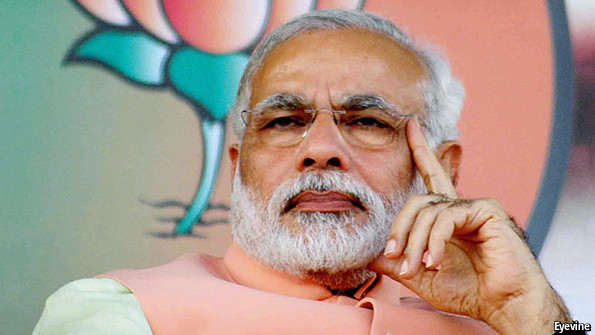Pollution Power Rankings: New Delhi Takes The Top Spot

Mother Nature seems to be falling to a new trend these days, and it has quite literally taken the world by storm. Referred to as a “smog epidemic”, the trend can be seen in places like Indonesia and France, where the majority of citizens have suffered the consequences— Paris recently gave its citizens free transportation for three days to alleviate its terrible air quality. As bad as this “temporary smog” is in France right now, we can breathe a sigh of relief when considering that the government is taking immediate action.
Unfortunately, the same can’t be said of the world’s most polluted city in the world, where one can’t breathe at all. A study by the Environment Performance Index earlier this year proclaimed New Delhi, India as the site of the globe’s greatest air pollution, surpassing Beijing and other Chinese cities. In fact, 13 of the 20 most polluted cities are in India.
In our globalized society, we’ve seen international agreements ranging from the Kyoto Protocol to G20 conferences as initiatives to impede the impact humans have had on the environment. Beijing even created the Beijing Municipal Bureau of Environmental Protection as a department specifically geared towards enforcing regulations on emissions and traffic. New Delhi, on the other hand, has taken little action for a nation that tops CNN’s list of the most polluted places in the world. Stringent laws are not taken seriously, and the poor are the ones who suffer the most. Mridul Uphadyay, a former villager from northern India and now Commonwealth Correspondent for New Delhi, explains that such urban greenhouse gas emissions have poisoned the entire country as a whole, especially among the lower classes that don’t have the means to push environmental policies:
“When heavy rain falls irregularly and off-season, due to changing climate that is mostly influenced by the urban life style, the urban people enjoy it with tea and warm food. But a villager is unable to save his crops, which are almost ruined. When a drought starts, it is nothing to the people living in an air-conditioned home, emitting greenhouse gases that indirectly cause this drought. But a villager can’t rope his crop. In either case, villagers don’t get enough food to eat, or money to send their children to the primary level school.”
The air we breathe is not invincible. Air pollution is a problem striking India now, but it must be considered in the larger context of climate change, as fatal droughts and acid rain lie on the horizon if the country doesn’t take some measures soon. When heavy-hitters like the United States and China are taking measures for future generations, it’s shocking that India has no environmental policies even comparable to other large countries.
This pollution seems to be in correlation with India’s economic growth. Moving forward, legislation should be passed to turn this economic growth into green development, for some monumental action is necessary to assuage the bad air quality that has characterized India in recent decades. Trends are supposed to go out of fashion, but if India isn’t on board, Mother Nature could be wearing smog for quite a long time.





